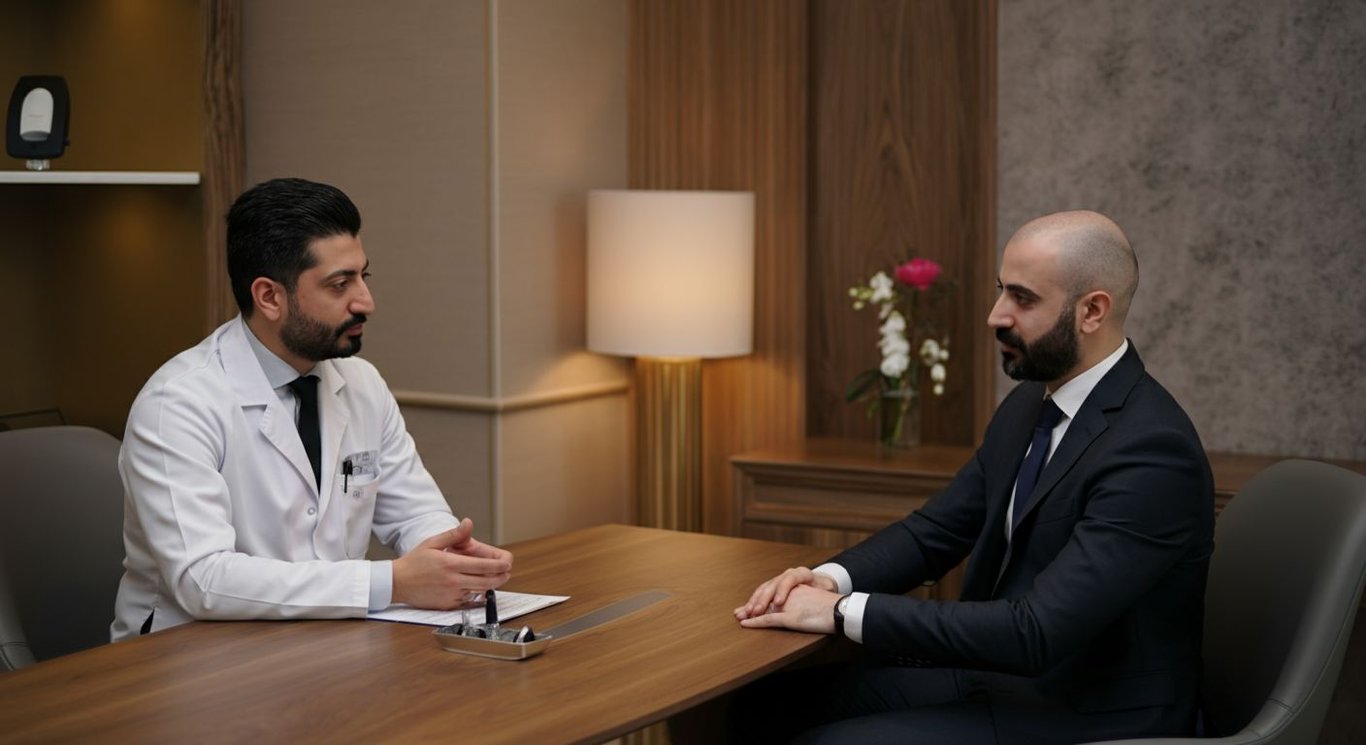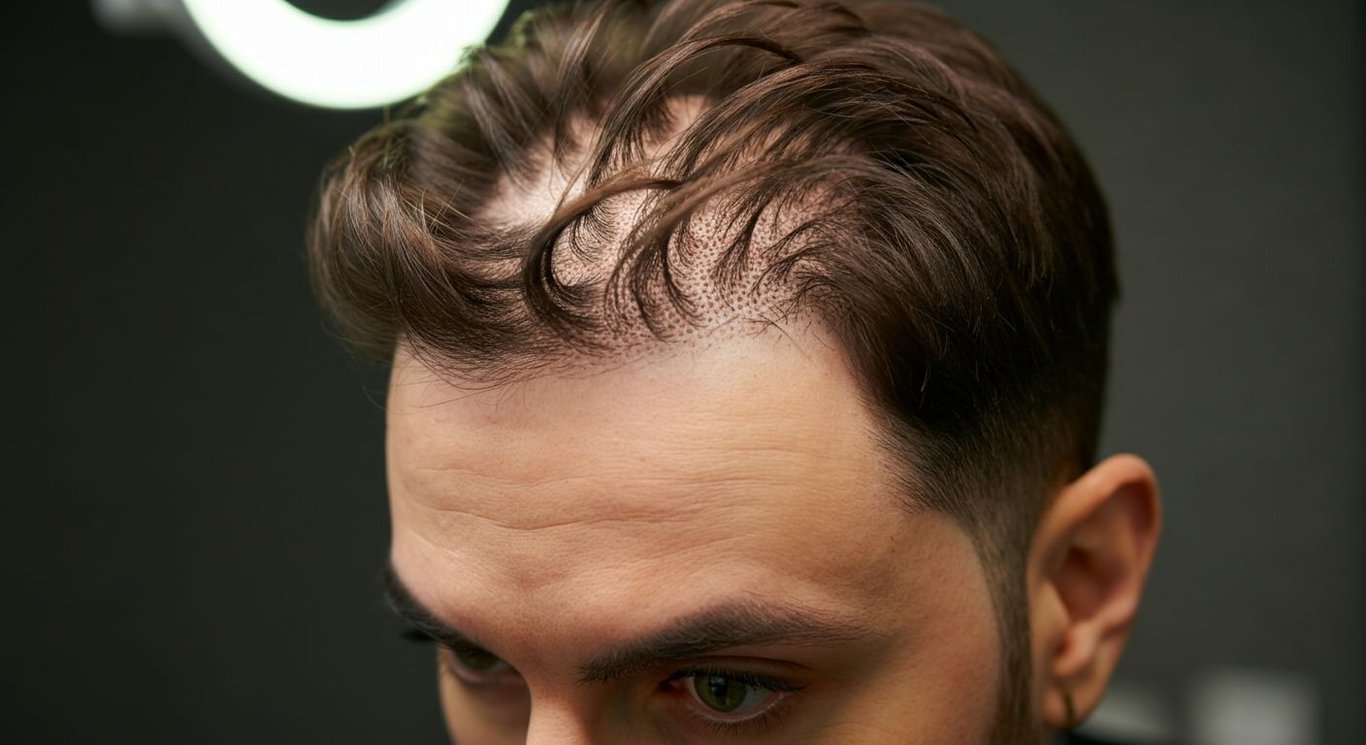Hair Transplant: Unlock Natural Hair Growth Again!
Unlock natural hair growth with modern hair transplant techniques! Explore FUE vs. FUT options today.
Hair loss is a common concern affecting millions worldwide, causing impacts on self-esteem and social interactions. Fortunately, advances in hair restoration techniques offer promising solutions. Understanding these options can prepare you for transformational results. Discover revolutionary hair transplant techniques, what to expect pre and post-operation, and how to maintain your restored look.
Understanding Hair Loss: Is a Hair Transplant Right for You?
Exploring the Causes of Hair Loss
Hair loss can arise from a variety of factors, encompassing genetics, stress, and environmental influences. Understanding the root causes is pivotal in deciding if a hair restoration is suitable. For instance, androgenetic alopecia, commonly known as male or female pattern baldness, is largely determined by genetics and affects millions globally. Stress-induced hair loss, or telogen effluvium, can temporarily disrupt the hair growth cycle. Environmental elements, such as pollution and harsh weather, may also contribute to hair thinning.
Factors to Consider for a Hair Transplant
- Examining the extent and pattern of hair loss, as a receding hairline or thinning crown can indicate different stages of balding.
- Evaluating your overall health, because conditions like diabetes or autoimmune diseases can affect the success of a hair transplant.
- Considering your expectations for the procedure, understanding that while a hair transplant can significantly improve hair density, it may not fully restore the hair you had in your youth.

FUE vs. FUT: Exploring Modern Hair Transplant Techniques
Understanding FUE and FUT Techniques
Follicular Unit Extraction (FUE) and Follicular Unit Transplantation (FUT) represent two primary methods in the field of hair restoration. FUE involves the individual extraction of hair follicles directly from the scalp, which is known for leaving minimal scarring. In contrast, FUT, sometimes referred to as strip harvesting, requires the removal of a strip of scalp from which hair follicles are then extracted. Each technique offers distinct advantages and is suited to different individual needs. Approximately 65% of hair transplant patients opt for FUE due to its less invasive nature.
Key Differences Between FUE and FUT
- Scarring: FUE typically results in tiny, circular scars that are barely noticeable, while FUT leaves a linear scar at the donor site.
- Recovery Time: The recovery period for FUE is generally shorter than that of FUT, allowing patients to resume their normal activities sooner.
- Suitability: FUE is often preferred for patients who want to wear their hair short, whereas FUT can be more suitable for those requiring a large number of grafts.

The Hair Restoration Journey: What to Expect Before & After
Preparing for Your Hair Transplant
Embarking on a hair transplant requires thorough preparation to ensure optimal results. This begins with an in-depth consultation at clinics like estethica, where medical professionals assess your suitability for the procedure. A personalized treatment plan is developed here, tailored to your specific hair loss pattern and expectations. For example, someone seeking a FUE hair transplant might need to adjust their hair length beforehand. Proper preparation can affect the success of the hair restoration process. Interestingly, patients who follow pre-operative guidelines closely report higher satisfaction rates post-transplant.
What to Expect After Your Hair Transplant
- Immediate Post-Op Care: Following your hair transplant at estethica, adhering to the clinic's specific aftercare instructions is vital. This may include gentle washing techniques.
- The Waiting Game: New hair growth takes time. Patients should be prepared for a period of patience, as visible results typically appear over several months.
- Long-Term Results: The full benefits of a hair transplant can be seen up to a year after the procedure.

Beyond the Transplant: Maintaining Your Hair for Years to Come
Essential Post-Transplant Hair Care
After undergoing a hair transplant, the focus shifts to nurturing the newly implanted hair follicles to ensure their survival and promote robust growth. Proper hair care is paramount to achieving lasting results. This involves gentle washing techniques and the use of shampoos recommended by your doctor. Avoiding harsh chemicals and heat styling can protect the delicate, newly transplanted hairs. Regular follow-up appointments with clinics like estethica are also crucial. Statistics show that patients who adhere to a strict post-operative care routine experience a 20% higher success rate in hair growth. Elon Musk's hair replacement success is often attributed to consistent maintenance and care.
Long-Term Strategies for Healthy Hair
- Healthy Diet: Nourishing your body with a balanced diet rich in vitamins and minerals is crucial for hair health. Including foods high in protein, iron, and omega-3 fatty acids can strengthen hair follicles.
- Lifestyle Adjustments: Managing stress levels and avoiding smoking can significantly improve hair health. High stress can lead to hair thinning, while smoking reduces blood flow to the scalp, hindering hair growth.
- Regular Check-ups: Routine visits to your hair transplant clinic ensure any issues are addressed promptly. These check-ups help monitor the health of your transplanted hair and scalp, allowing for timely interventions if needed.
Advanced FUE and FUT Techniques for Natural Hair Restoration
Ensuring Lasting Hair Restoration Through Comprehensive Care
Frequently Asked Questions
What factors contribute to hair loss and how can understanding them help determine if a hair transplant is right for me?
What are the main differences between FUE and FUT hair transplant techniques?
How long does it take to see visible results after a hair transplant, and what does the recovery process entail?
What steps can I take to maintain the health and longevity of my transplanted hair?
Achieve your aesthetic goals with estethica's expert consultations.
📞 Schedule Your Free Consultation!